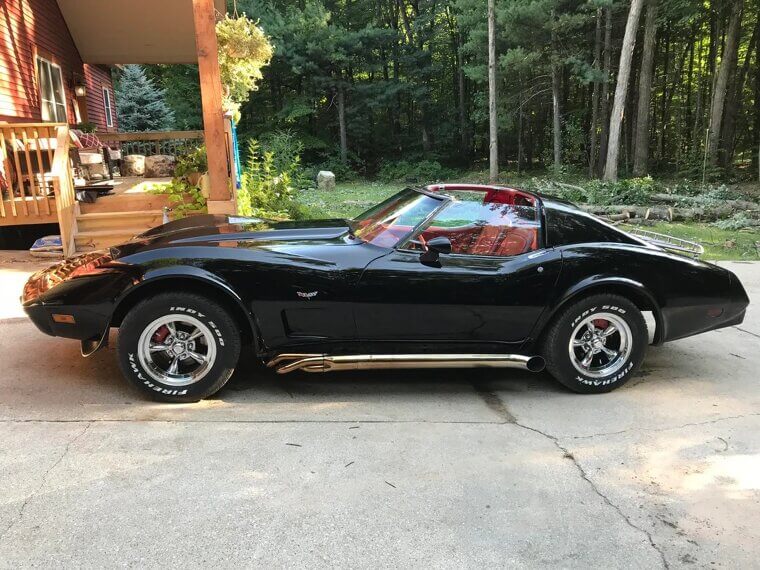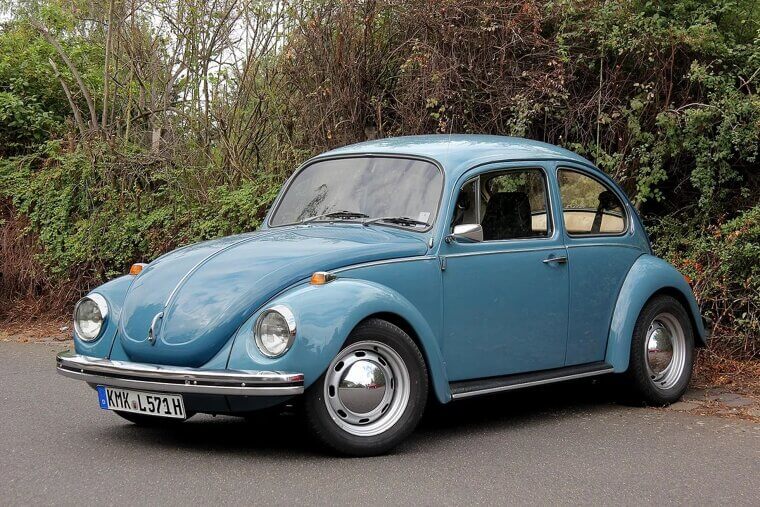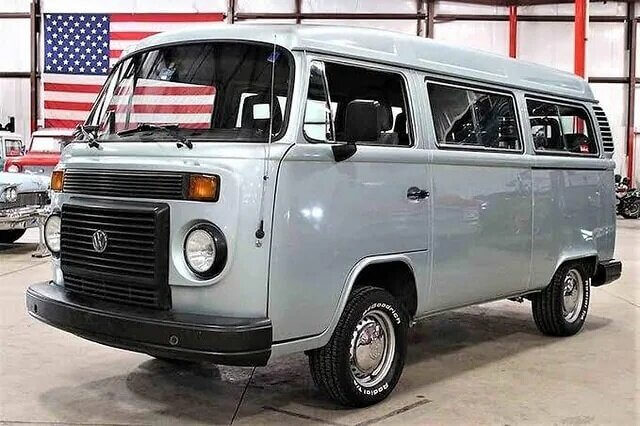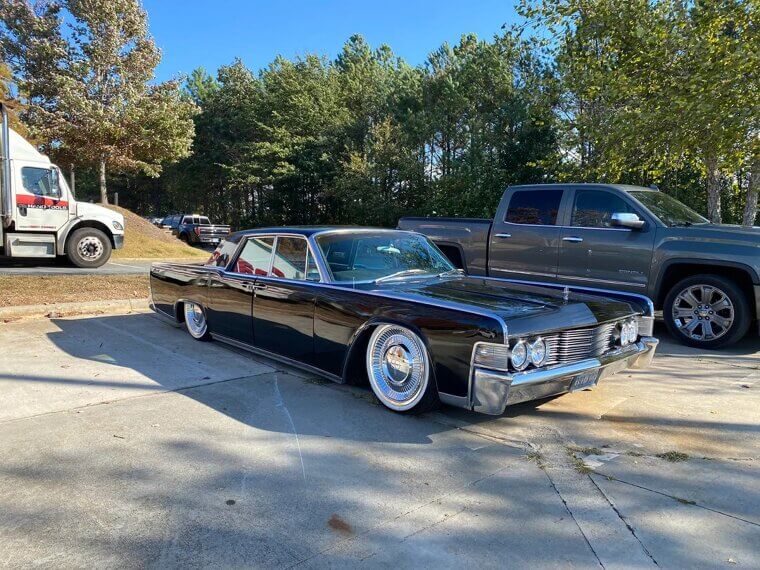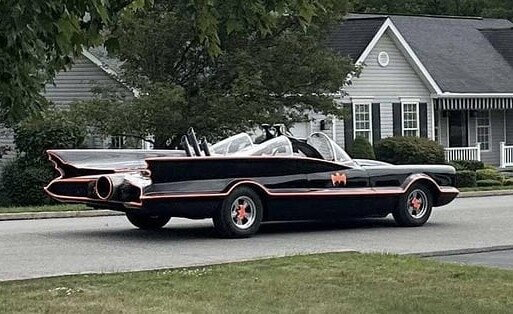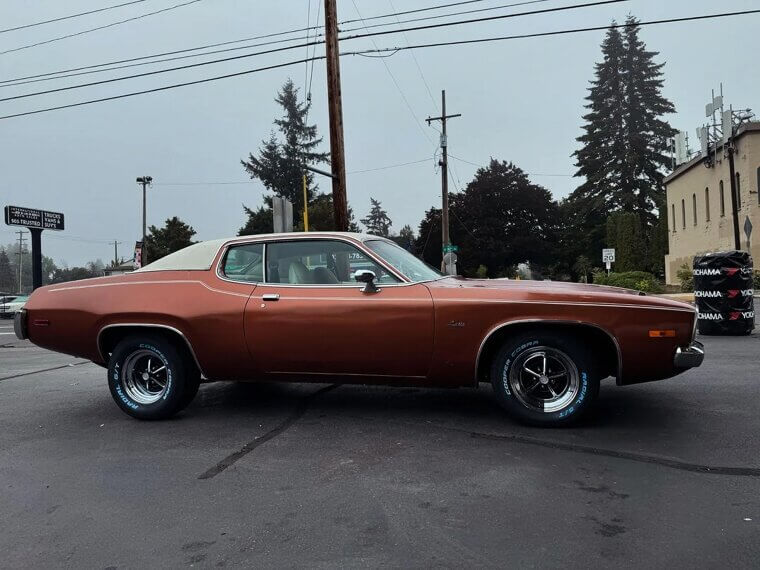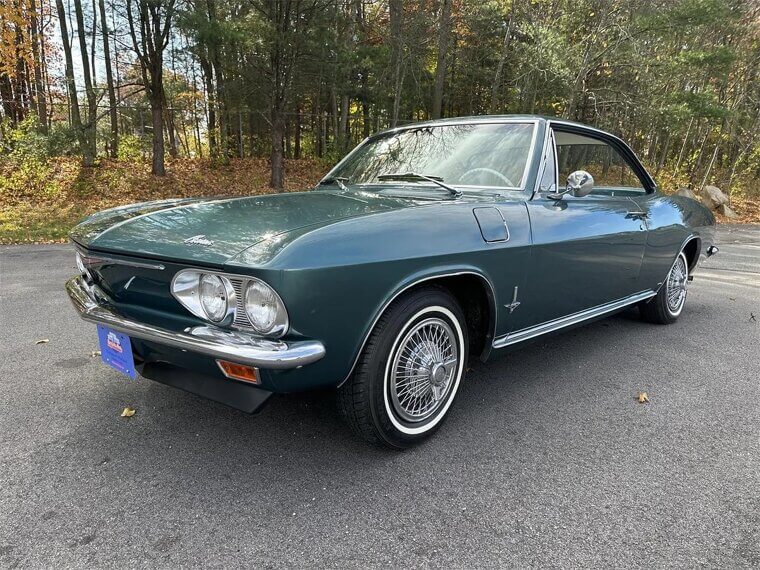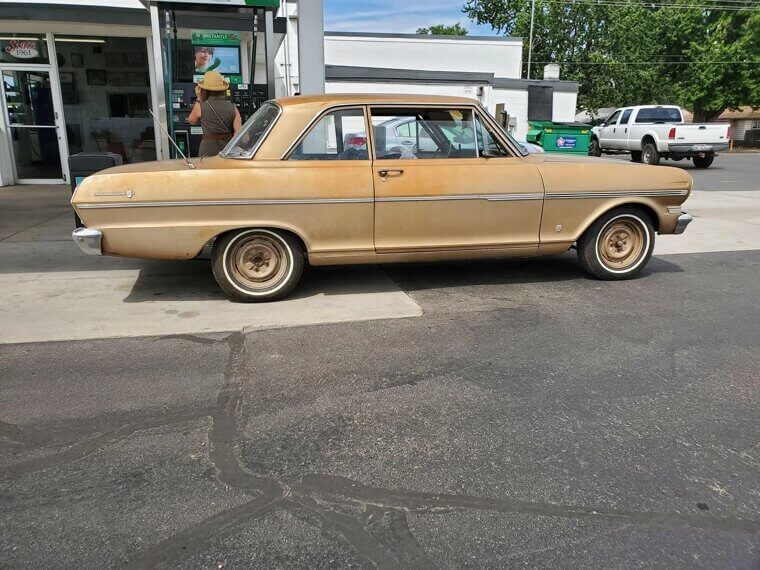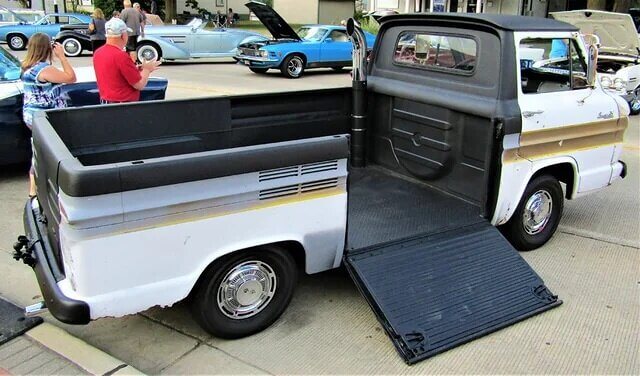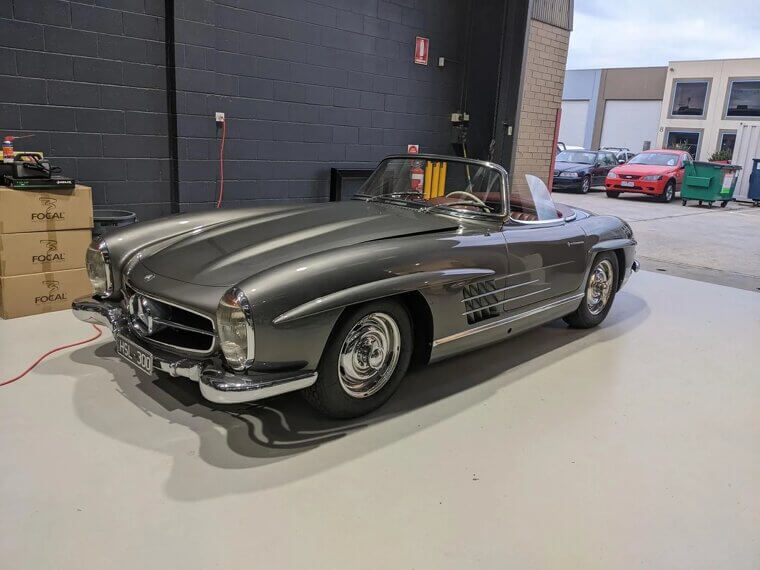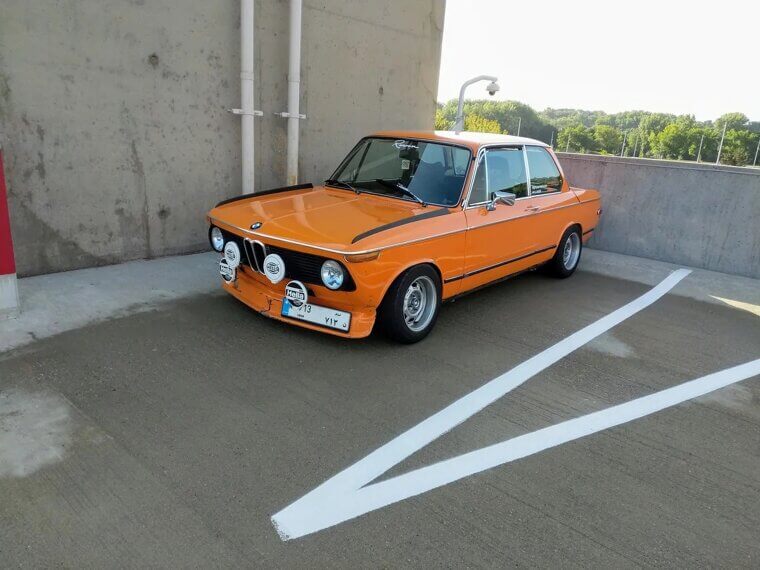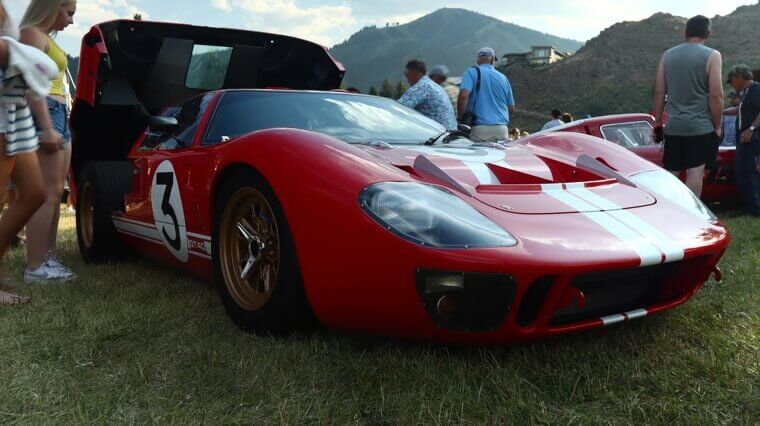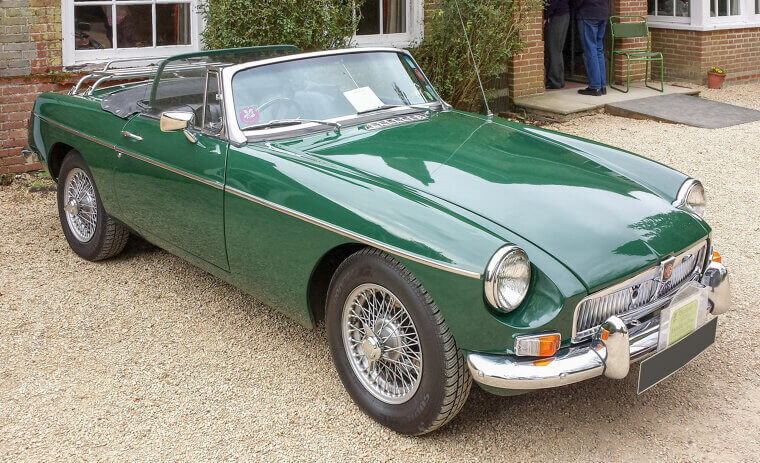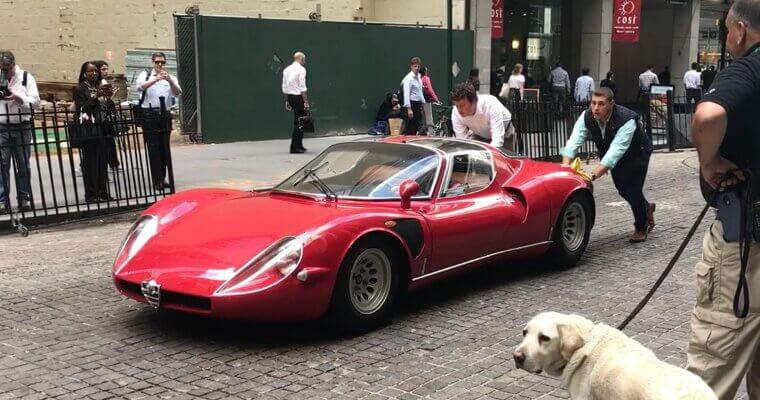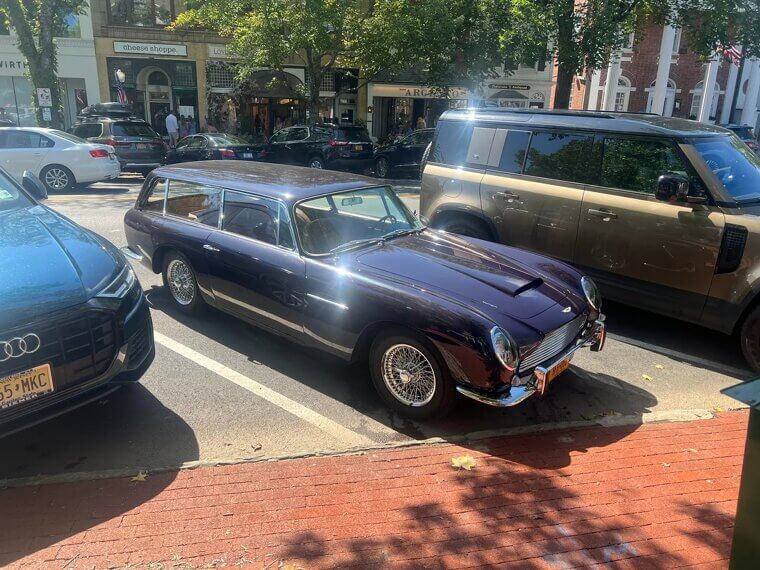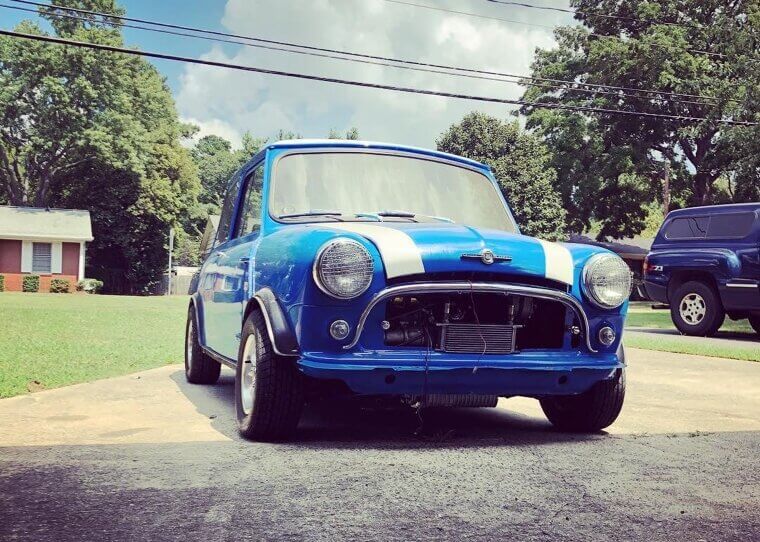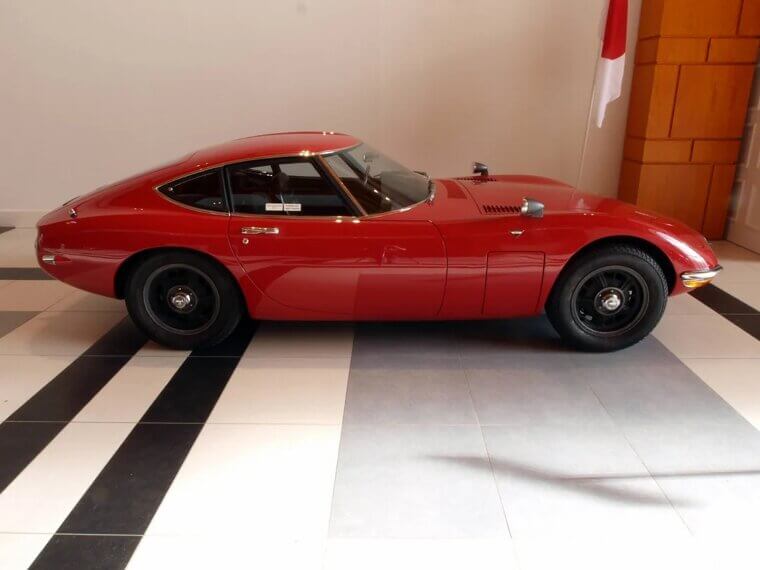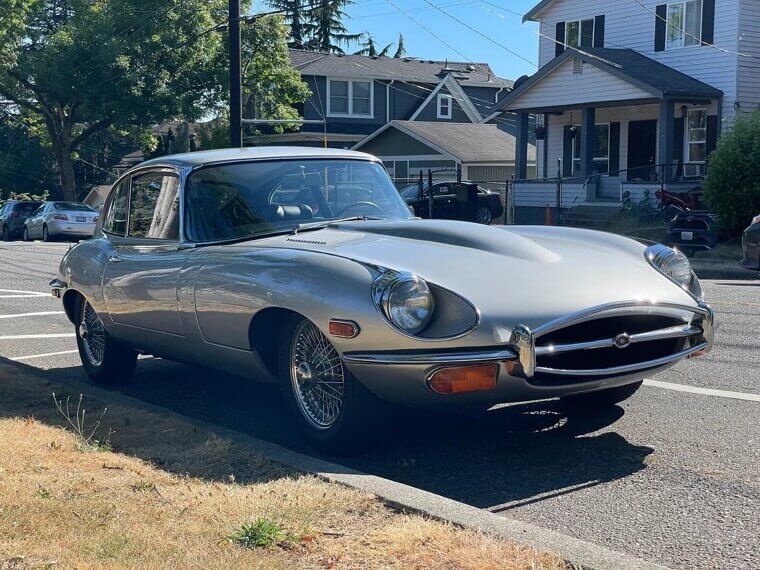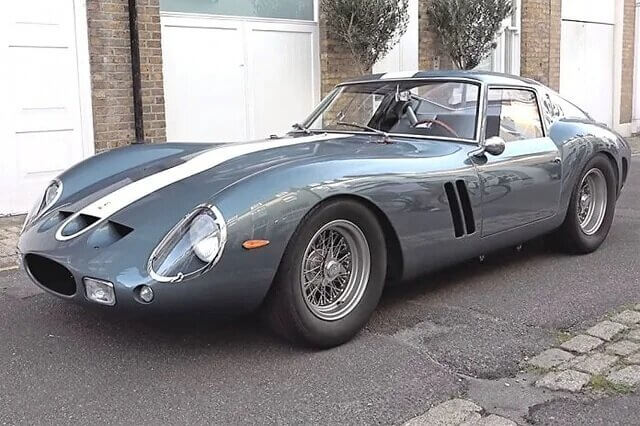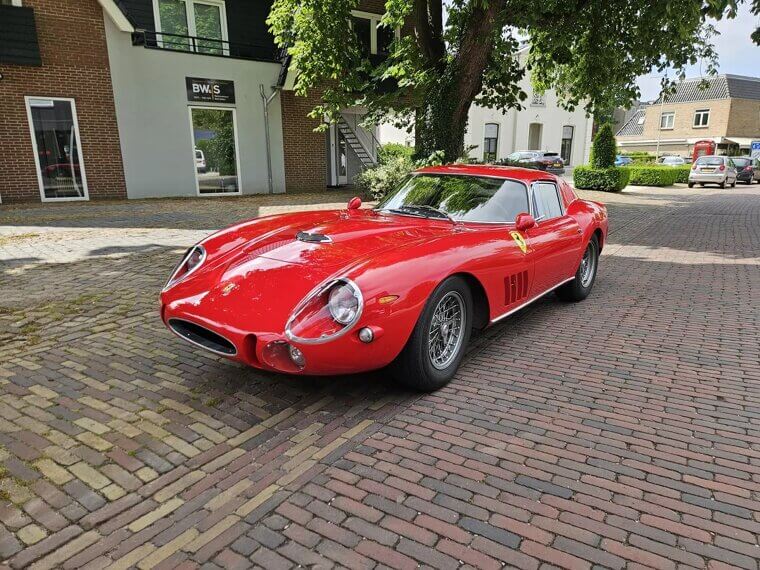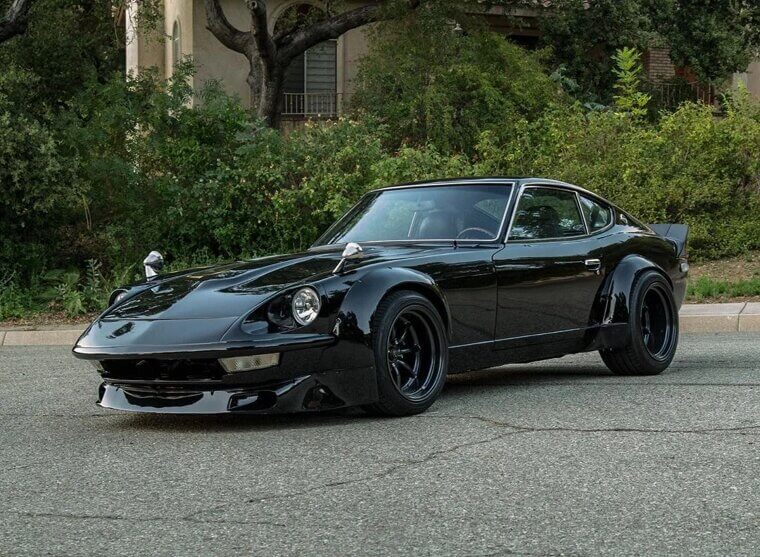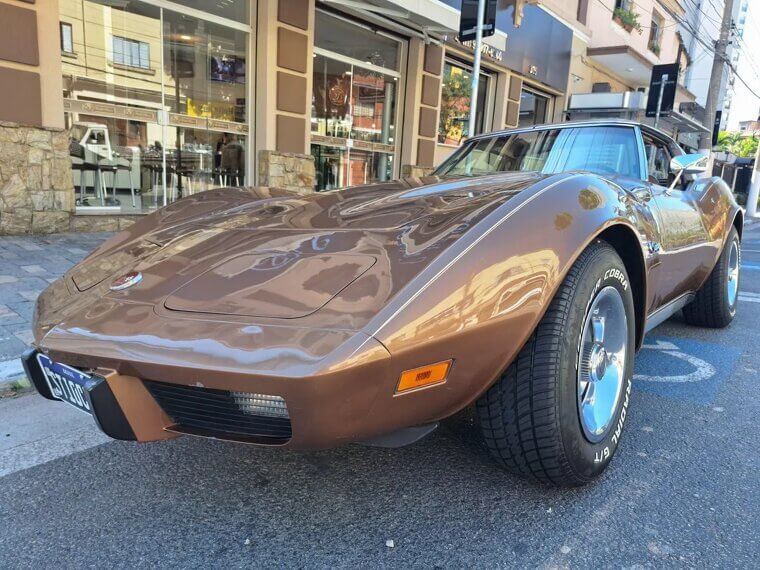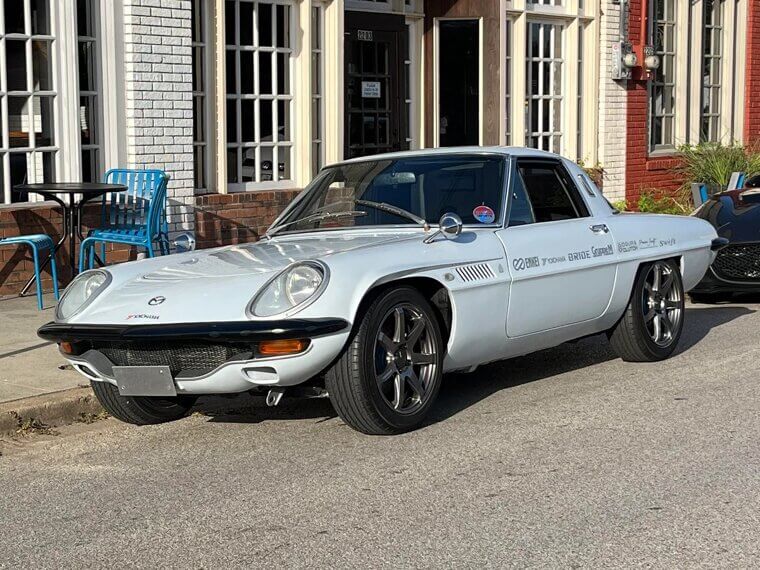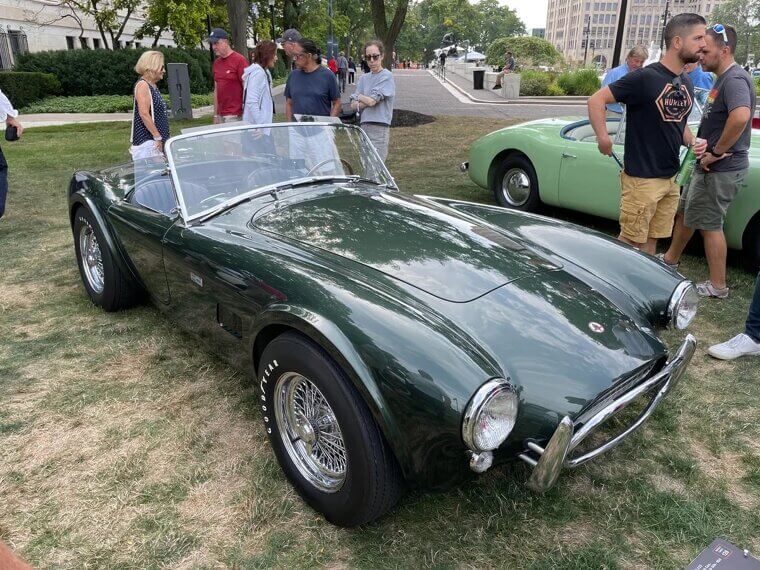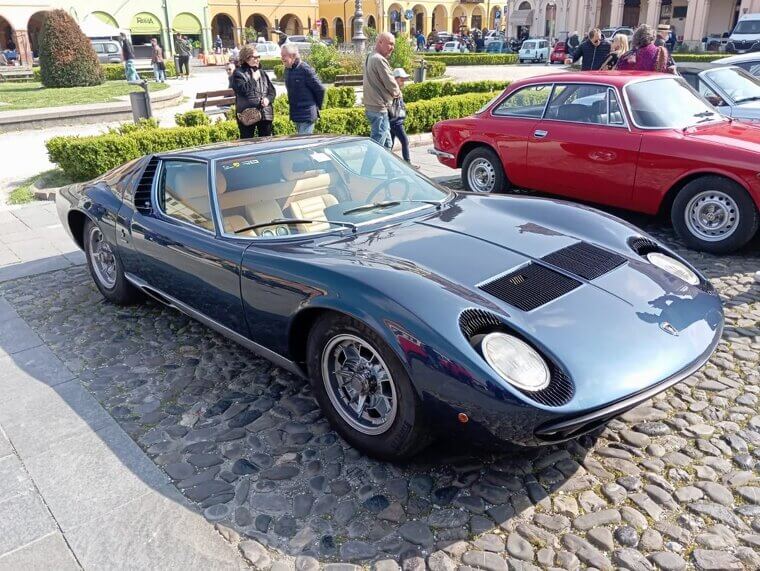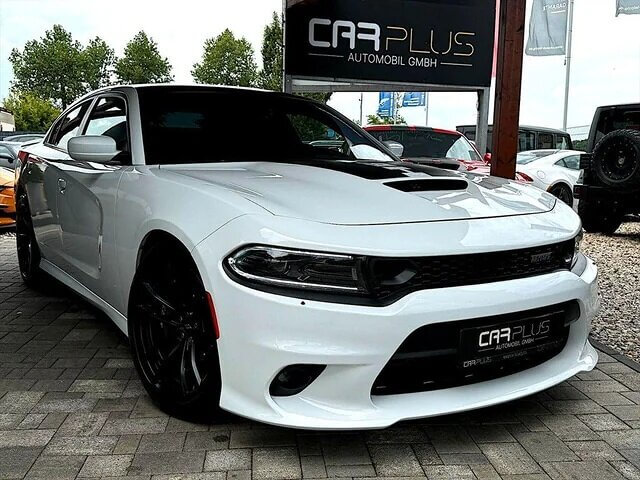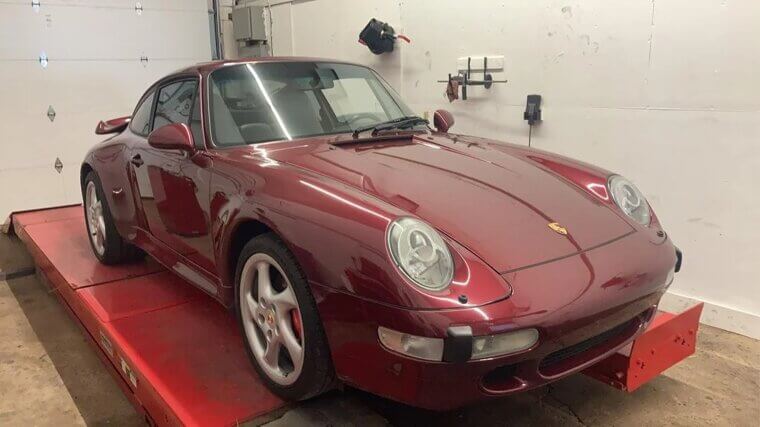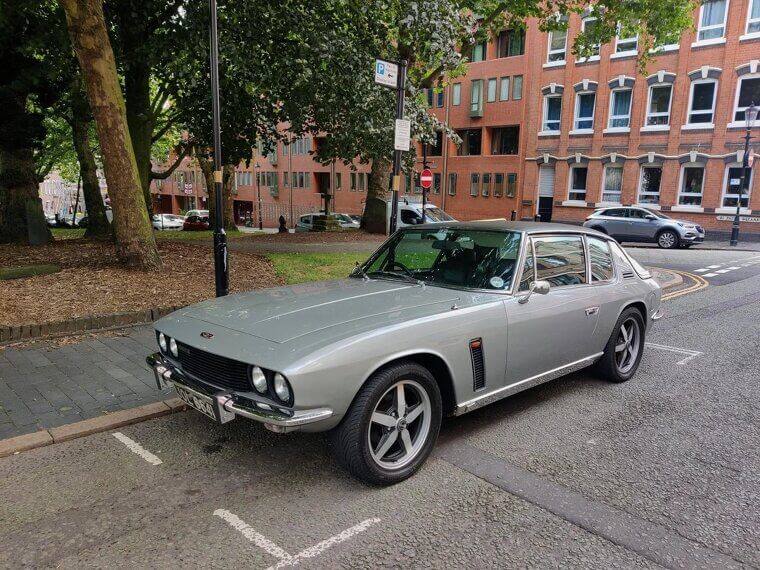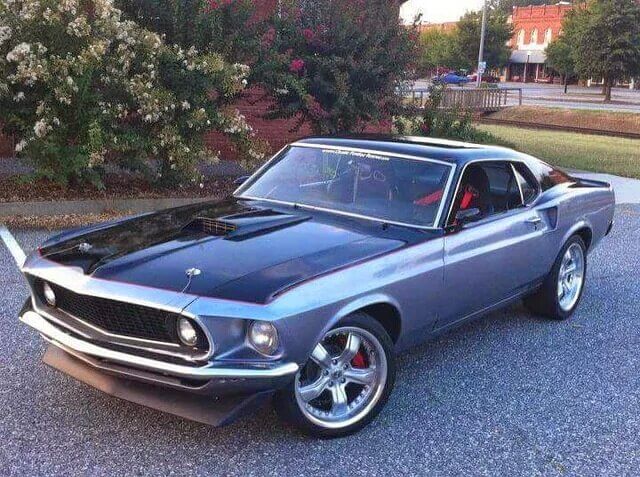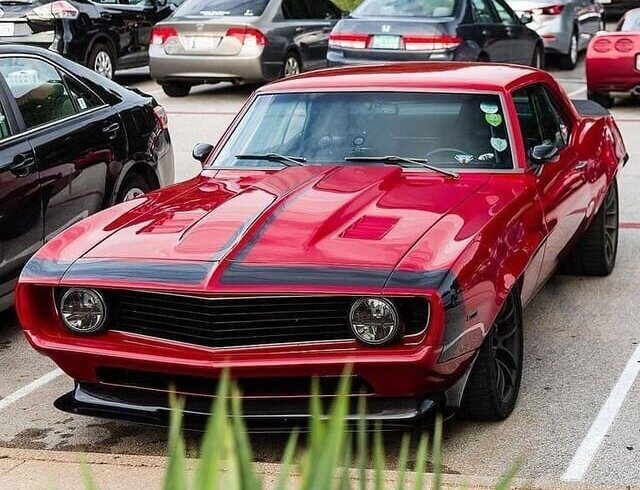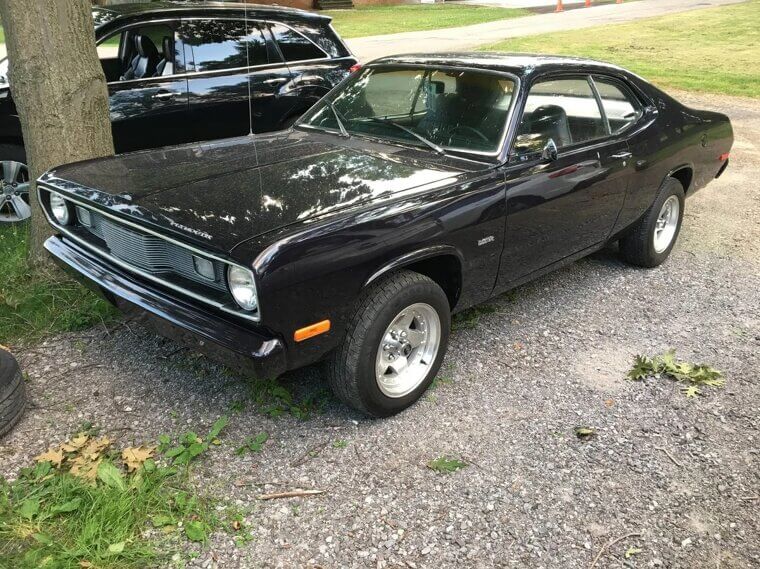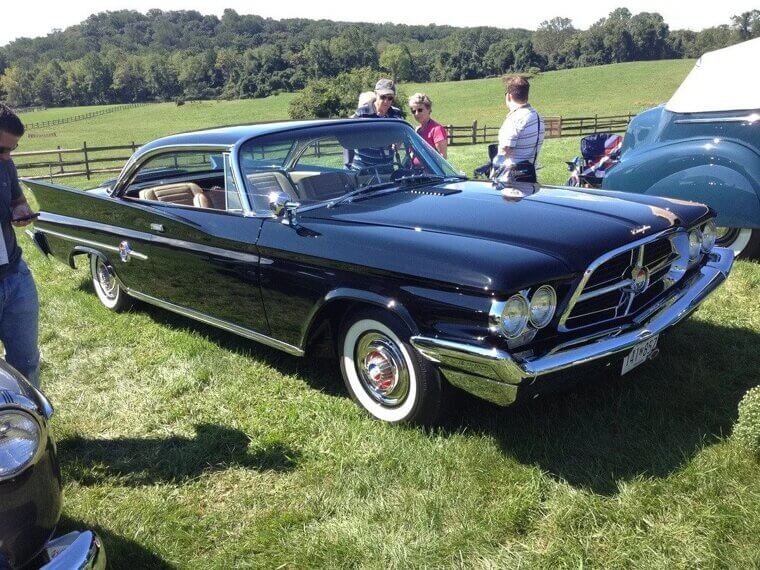Classic Cars That Don't Fare as Well Today
Classic cars are what makes the automotive world spin, but do they continue to perform well today? Heartbreakingly, this is not always the case. While many of these vehicles still hold a special place in our hearts and look stunning on the outside, time hasn’t been kind to their performance, reliability, or safety standards.
Continue reading to uncover some beloved classic cars that don’t hold up today.
C3 Corvette
Colloquially known as the “shark”, the C3 Corvette had a one-of-a-kind, stunning design that collectors adored. But this design is also what led to its downfall. The manufacturers had focused more on the exterior appearance than on the durability of the car. Bad call! While it may still look great sitting in a driveway or showroom, it’s plagued by reliability issues.
It also has dated handling, and underwhelming performance compared to modern sports cars. Beauty alone doesn’t make up for the shortcomings.
Volkswagen Beetle
In every sense of the term, the Beetle is a legendary vehicle. Although it was incredibly popular for a long while, the car’s basic foundation wasn’t that strong. For instance, the lack of horsepower makes it impossible for its air-cooled engine to compete with the rest of the industry today. It was beloved for its simplicity and charm, but modern drivers demand more.
For today's drivers, it's lacking in terms of speed, comfort, and safety features—areas where the original Beetle clearly falls behind.
Volkswagen Microbus
A highly recognizable vehicle from the hippy era was the Volkswagen Microbus. Similar to the majority of the vans at the time, this bus’s design provided a vast amount of inside room. But nobody’s flawless - this car is prone to rust. The body panels and undercarriage can deteriorate quickly, especially in humid or salty climates.
And while it may look cool cruising down memory lane, it lacks the performance, safety features, and durability that most modern drivers expect today.
Lincoln Continental
The suicide doors and other one-of-a-kind aspects of the Continental’s design made it a beloved classic, but how does it perform today? Not great. Sure, the car is great to look at, but it’s a headache to drive in reality. Its size makes parking a chore, the handling feels clunky by modern standards, and fuel efficiency is virtually nonexistent.
While it’s still a showstopper at car meets, daily driving one is far from practical in today’s world.
Futura (Batmobile)
Created by AMC, the Futura included a number of features that set it apart in its prime. Even though it was probably the most recognizable “Batmobile” we’ve seen on screens, the performance is (at best) mediocre. Its bubble-top canopy, exaggerated fins, and futuristic shape made it a visual marvel, but the drivetrain and handling haven’t aged well.
It's more of a museum piece than a car you’d want to take for a spin, unless you're aiming for pure nostalgia.
Plymouth Satellite
The Plymouth Satellite was another vehicle that received significant media attention and advertising, propelling it into the future. Sure, the car has many intriguing features. Don't get too thrilled just yet, though, for this car's meager V8 engine is a huge disappointment! The powertrain simply can’t hold its own against more modern vehicles, and the handling doesn’t help much either.
It might look cool sitting still, but driving it today is an exercise in underwhelming nostalgia.
Chevrolet Corvair Monza Spyder
This odd-looking vehicle is a consumer-friendly, reasonably priced replica of what at the time was a Corvette-like vehicle. Key word: replica. Many customers are disappointed, as the performance isn’t as good as that of the original Corvette. The rear-mounted, air-cooled engine was prone to issues, and the handling could be downright scary at higher speeds.
While it earned praise in its day, modern drivers will likely find it lacking in both safety and excitement on the road.
Chevrolet Chevy II
Talk about a rush job! To compete with the Ford Falcon, the Chevy II was rushed to market. Aside from being reasonably priced, the car didn't offer much in terms of design and performance. With this, enthusiasts today can hardly believe that this car even reached “classic” status in the first place. The interior was basic, the handling uninspired, and the styling was forgettable.
Nostalgia might keep it afloat, but it simply doesn’t hold up in a modern context.
Chevrolet Corvair 95 Rampside Pickup
Chevrolet went above and beyond with this car. The descending ramp was undoubtedly a groundbreaking idea, but its performance shortcomings have not been, and continue not to be, adequately compensated for. You’ll be better off with a standard pickup. The rear-mounted engine design led to poor handling, especially when loaded, and maintenance could be a headache.
While it earns style points for its quirky appearance and clever utility, its impracticality on modern roads makes it more of a nostalgic novelty than a reliable ride.
Mercedes-Benz 300SL Roadster
This car's elegant appearance, which contributed to its high value at the time of its release, was just as striking as it is today. But you can’t say the same for performance. Enthusiasts can’t help but be let down by the constant repairs needed to get this car to drive today. Plus, it has outdated handling and costly maintenance.
It’s clear why the 300SL Roadster, while beautiful, is better admired in a showroom than on the open road.
BMW 2002
Power was revolutionised when a big engine was packed into a tiny package. Then what might go wrong, you ask? Well, if you want one, be prepared to spend thousands on repairs, as this classic is prone to malfunctioning. Despite its legacy as a performance icon, the BMW 2002’s reliability problems make it more of a weekend project car than a dependable daily driver in today’s world.
Electrical gremlins, rust issues, and outdated safety features are common headaches.
Ford GT40
Since its debut, the GT40 has been the subject of a lot of chatter. Indeed, the GT40 was a phenomenally fast racer that elevated Ford to a global level. However, the GT40 isn't all that special when you compare it to similar cars in today’s market. Modern supercars outperform it in speed, comfort, and technology.
The GT40 feel like more of a museum piece than a road warrior. Its legacy is untouchable, but its practicality has long since faded.
MG B
One famous English roadster that continues to enjoy a mass following is the MG B. The car's lightweight style will catch your attention right away, but if you check beneath the hood, you'll realize its shortcomings. The performance simply doesn’t match the expectations of modern drivers. The engine lacks power, and reliability is a constant concern.
While it may still charm with its vintage flair, the MG B requires more patience than most are willing to give today.
Alfa Romeo Giulia
No, we're not referring to the well-rounded present, Giulia. We are referring to the vintage model whose reliability has long been questioned. It’s suspected that the car’s novelty is what led to its “classic” status, as it's clear today that its performance wasn’t its primary appeal. Mechanical issues were common, and routine maintenance could quickly become a nightmare.
Despite its sleek looks and passionate following, it’s hard to argue that the original Giulia holds up well today.
Alfa Romeo 33 Stradale
If this car looks similar to others, it's because the styling aesthetic closely resembles that of the GT40, the most talked-about vintage vehicle. Since the rest of the car lacks a wow factor, it simply doesn’t hold up to today’s standards. Sure, it’s rare and visually arresting, but that doesn’t change the fact that it’s difficult to maintain and lacks modern comfort.
The performance specs don’t impress by current benchmarks, and driving one now feels more like nostalgia than exhilaration.
Aston Martin DB5
For a single reason only - James Bond, of course - the DB5 was once considered a contender for the most iconic vintage vehicles. The DB5 appeared to be an exotic sports car, but driving one is much less thrilling once you experience its tendency to break down. Despite its glamorous cinematic legacy, it’s a high-maintenance machine with outdated handling.
Classic charm aside, it doesn’t offer the speed, comfort, or reliability expected from a performance vehicle today. Looks can only take it so far.
Lotus Elan
The original Elan was an excellent sports car for turning. What occurred, though, was that the rest of the car collapsed on its face. In the end, the Elan failed almost every reliability test conducted during its production, and this remains evident today. While its lightweight frame and sharp handling were revolutionary at the time, the car's electrical issues and structural fragility made ownership a frustrating experience.
Today, collectors admire it—but rarely without a toolkit nearby and a deep sense of caution.
60’s Mini Cooper
Despite being the smallest, the Coopers are arguably the most adored vintage vehicles on our streets. There’s no denying that the first Cooper had a distinctive appearance; its performance, however, is essentially nonexistent. With its tiny engine and minimal horsepower, it simply can’t keep up with modern traffic. Safety standards were also barely a consideration back then, making it far less secure than today’s subcompacts.
Charming as it is, the 60’s Mini Cooper is better left in a museum than on a highway.
Toyota 2000GT
This car was svelte, attractive, and had excellent performance (for a time!). This might be considered the forerunner of the Supra that we all adore. What's wrong, then? Nowadays, the car has an average of 2 hours driving time before it eventually breaks down. Reliability is a major issue, with parts nearly impossible to replace and maintenance costs sky-high.
While collectors may still swoon over its rarity and aesthetics, actually driving one today can be a stressful—and very short-lived—experience.
Jaguar E-Type
You knew you were in something unique when you got behind the wheel of this car. However, the fame didn’t last long, as customers grew irritated by the E-Type's design shortcomings. It appears to be merely a prototype for the electronics we have today. The wiring was notoriously unreliable, and the engine cooling systems frequently failed.
While its sleek styling still turns heads, the driving experience doesn't match modern expectations. These flaws make it tough to justify as anything beyond a showpiece.
Pontiac GTO
From a powerful engine to distinctive styling, the GTO stood out from the crowd. The GTO, however, was more buzz than performance. Because of its malfunctions, owners today need to burn holes in their pockets every year to keep it operating. Despite its legendary muscle car status, many drivers report recurring electrical and mechanical issues.
Its fuel economy is abysmal, and replacement parts are increasingly hard to find. The cost of maintenance makes this classic more trouble than it's worth for the average enthusiast.
Ferrari 250 GTO
Is Ferrari's inclusion on this list surprising? Well, the "GTO" just doesn’t have the essentials that would set it apart. It doesn’t stick out away from the throng as it doesn’t have the performance that traditional Ferrari fans hope for. While the 250 GTO fetches astronomical prices at auctions due to its rarity and historical significance, its outdated suspension, braking, and handling systems fall far short by today’s standards.
Modern sports cars easily outperform it, and few would call it practical for regular driving conditions today.
Ferrari 275 GTB
The 275 is one of the few vehicles with the distinction of having a V-12 engine. However, the hype never truly materialized as so few people were aware of this feature. Nevertheless, the engine experiences problems that are difficult to remedy, as you could imagine. Despite its beauty and historical value, the 275 GTB is notoriously expensive to maintain.
Parts are hard to find, and specialized repairs cost a fortune—making it more of a display piece than a true driver’s car today.
Datsun 240Z
The 240Z made a name for itself as a Japanese car in the US market at its prime, but it didn’t last long. Despite being widely considered as a contender in the greatest sports cars ever made, it is prone to repair-causing rust. Even well-maintained models often suffer from corrosion in key structural areas, which can make restorations a nightmare.
Its once-impressive performance also feels tame by today’s standards, leaving many modern drivers underwhelmed despite the car’s nostalgic and historic significance.
Chevrolet Corvette Stingray
The Stingray's extensive overhaul has always been enough to keep the Corvette a part of American history, but this one doesn’t quite hit the mark. Its performance is, and was, quite disappointing even at the time. Compared to earlier or later generations, this particular Stingray lacks the punch that muscle car fans crave. The weight-to-power ratio is off, and the handling doesn’t live up to the sleek styling.
Sadly, it’s a case of looks over substance, leaving many enthusiasts underwhelmed.
Mazda Cosmo
You know the RX-7, though I bet you’re unaware of the Cosmo. This was the original Mazda sports vehicle with a rotary engine, and it had many positive aspects. Unfortunately, Cosmo's rust problems and poor build quality have caused it to fall from grace in recent times. It may have been groundbreaking for Mazda at the time, but its fragility has made it far less desirable today.
Finding one in decent shape is nearly impossible without a deep wallet and serious restoration work.
Shelby Cobra
You always hear whispers about how amazing the Cobra is. However, this vehicle seems to love the attention of roadside assistance, so contemporary owners end up having to sell an arm and a leg to keep it running at today’s standards. While its historical importance and bold design are undeniable, performance expectations have shifted dramatically. Nostalgia alone can’t cover its flaws.
What once felt like raw power now feels clunky and outdated, especially when compared to more refined and reliable modern sports cars.
Lamborghini Miura
The Miura was a dreadful disaster, so Lambo should not be excluded from the list of sports car failures. Not only were customers appalled by the car's obscene and lengthy design, but the car’s actual performance is also shocking, considering the brand’s luxury status. It might’ve looked exotic and futuristic at the time, but it lacked the precision and reliability expected today.
Driving one now can feel more like wrestling a relic than enjoying a refined Italian masterpiece. Looks alone just don't cut it.
Dodge Charger
When Chrysler created this automobile, they were attempting to make anything stick by throwing it at the wall and hoping for the best. It simply doesn't perform as well as comparable cars on the market today, and it is far heavier than its rivals. That extra weight impacts everything from handling to fuel efficiency, making it feel sluggish and outdated.
While it may still look aggressive and cool, modern drivers often find the Charger lacking in real-world practicality and refined driving dynamics.
Porsche 911
Believe it or not, the 911’s styling has remained the same since the ‘60s, but does its performance have the same longevity? No, it does not. After just a few months of use, the mechanics begin to wear down to the point of repair, which, of course, costs a pretty penny. While the iconic silhouette still turns heads, reliability and upkeep are major concerns.
Parts aren’t cheap, and finding someone to properly service the car can be an uphill battle.
Jensen Interceptor
The Interceptor was a distinctive vintage vehicle that failed to catch on in its day. When this car's performance declined over time, all of the hoopla around it quickly came to an end. With its outdated mechanics, this car simply does not hold up to today’s standards. The exterior still turns heads with its unique styling.
But the car’s notoriously unreliable electrical systems and inefficient fuel consumption make it difficult to justify owning one today — even for the most nostalgic collectors.
Ford Mustang
Few cars have had as much of an impact on the classic car industry as the Ford Mustang. However, as the car became older, reliability declined due to the original design’s shortcomings. Early models are often plagued with poor handling, inconsistent braking, and underwhelming build quality. Restoring one can cost a fortune if you’re aiming for modern performance standards.
While they’re still fan favorites for style and nostalgia, driving one today reveals just how far automotive technology has come.
Chevrolet Camaro
Following the Mustang's introduction, Chevy was quick to put something together, but the Camaro lacked a clear plan. One may argue that the Camaro was left in the dust (literally) since it took GM off guard due to the whole new market sector. Early models had inconsistent build quality, lackluster suspension, and weren’t as reliable as their rivals.
While its later versions improved, those original Camaros often feel clunky and outdated today — more nostalgic than genuinely impressive behind the wheel.
Plymouth Duster
It was never easy for Chrysler to find a car that would appeal to the market. Although the Duster has many advantages, it also has several disadvantages. Sorry, but many of the features that the Duster offers are inferior to those of competitors. Its interior felt budget-conscious, the ride quality was questionable, and performance wasn’t as thrilling as advertised.
In today’s market, it feels more like an underwhelming relic than a timeless classic, remembered more for styling than substance.
Chrysler 300F
The 300F looked very different from other models on the US market thanks to a series of design adjustments. However, this was insufficient to make the bigger item a commercial success. People simply can’t ignore its safety concerns and avoid the car today. It's admired from afar, but very few are willing to drive one today.
For all its sleek styling and luxury ambitions, the 300F’s dated brakes, clunky handling, and limited structural integrity make it a risky ride.


